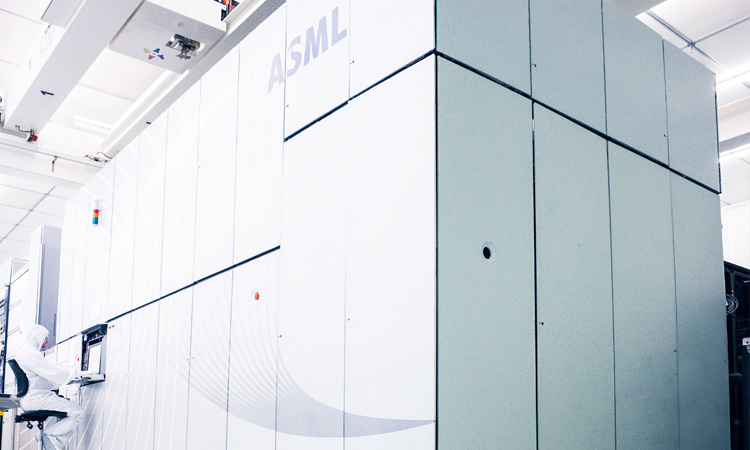Feature
EUV Light Sources for Next-Gen Lithography
After a long period of development, sophisticated machines that generate streams of extreme-ultraviolet radiation from laser-produced plasmas are on the cusp of taking chip manufacturing to the next level.
 [Courtesy of ASML Lithography]
[Courtesy of ASML Lithography]
Since its beginnings, commercial chip manufacturing has relied on photolithography, to pattern the incredibly small features of transistors and interconnects found on modern integrated circuits (ICs). And lithography has had to find ways to enable printing of ever-smaller features, with the ongoing demand for shrinking circuit geometries. Because of the limitations imposed by optical diffraction, as the feature sizes to be printed have shrunk, the wavelength of the light used for lithographic patterning has also needed to come down. Thus, the mercury i-line (365 nm) lithography of early years gradually gave way to 248-nm (KrF excimer laser) lithography, and then to the 193-nm (ArF excimer laser) radiation used in present-day production.
…Log in or become a member to view the full text of this article.
This article may be available for purchase via the search at Optica Publishing Group.
Optica Members get the full text of Optics & Photonics News, plus a variety of other member benefits.
